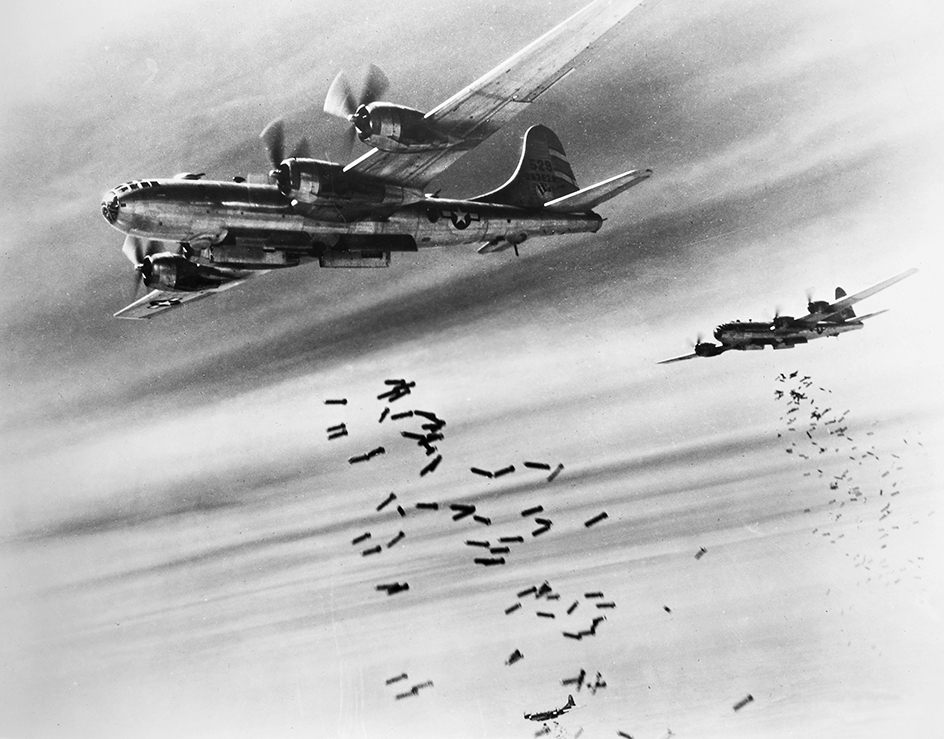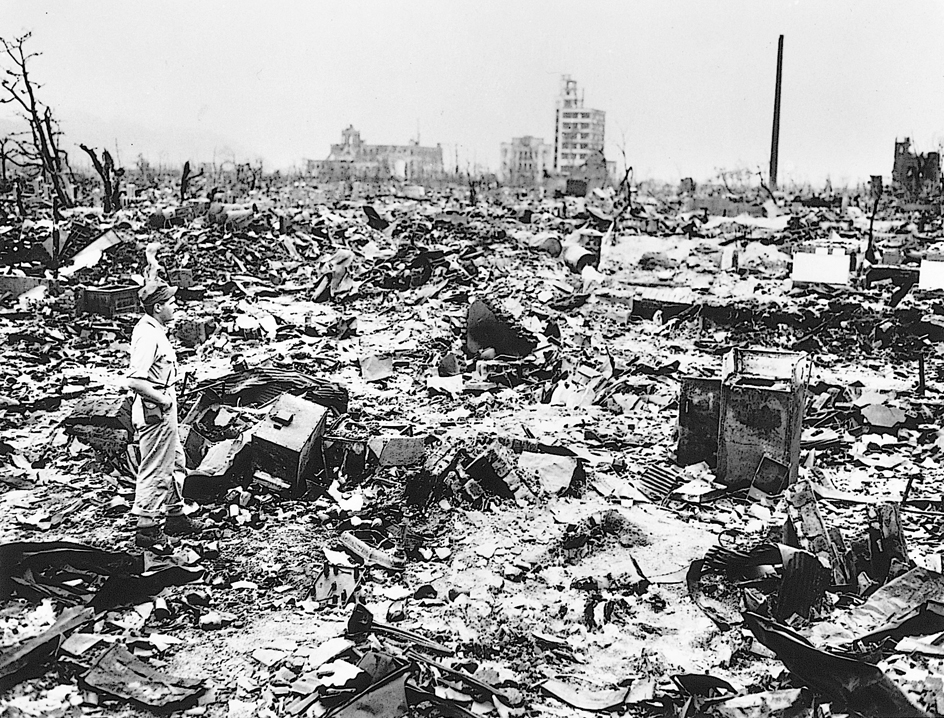Enola Gay was the name of the airplane that carried the first atomic bomb used in warfare. On the morning of Aug. 6, 1945, during World War II (1939-1945), the crew of the Enola Gay dropped an atomic bomb known as “Little Boy” on the Japanese city of Hiroshima. An estimated 140,000 people were killed or have since died as a result of the bombing. Colonel Paul Tibbets of the United States Army Air Forces commanded and piloted the mission.


The Enola Gay was an American B-29 Superfortress heavy bomber. The aircraft was one of 15 B-29’s that had been silverplated—that is, specially modified to carry and drop an atomic bomb. The plane was built in Omaha, Nebraska, and then flown to Guam and finally to Tinian Island, its home base of operations in the Pacific Ocean. The day before the attack on Hiroshima, Tibbets named the aircraft for his mother.
On Aug. 9, 1945, the United States dropped a second atomic bomb known as “Fat Man” on the Japanese city of Nagasaki. A U.S. B-29 named Bockscar carried that bomb. On Sept. 2, 1945, Japan signed an official statement of surrender, and World War II ended.
Much controversy has surrounded President Harry S. Truman’s decision to use the atomic bomb, but his decision came after years of bloody conflict and stubborn Japanese defense. Without the atomic bomb, the Allies almost certainly would have invaded the Japanese home islands, with heavy estimated casualties on both sides. There is some evidence, however, that Japan might have surrendered even had the bomb not been used.
The Enola Gay was retired in 1946. It is now on permanent display at the National Air and Space Museum’s Steven F. Udvar-Hazy Center near Washington, D.C.
